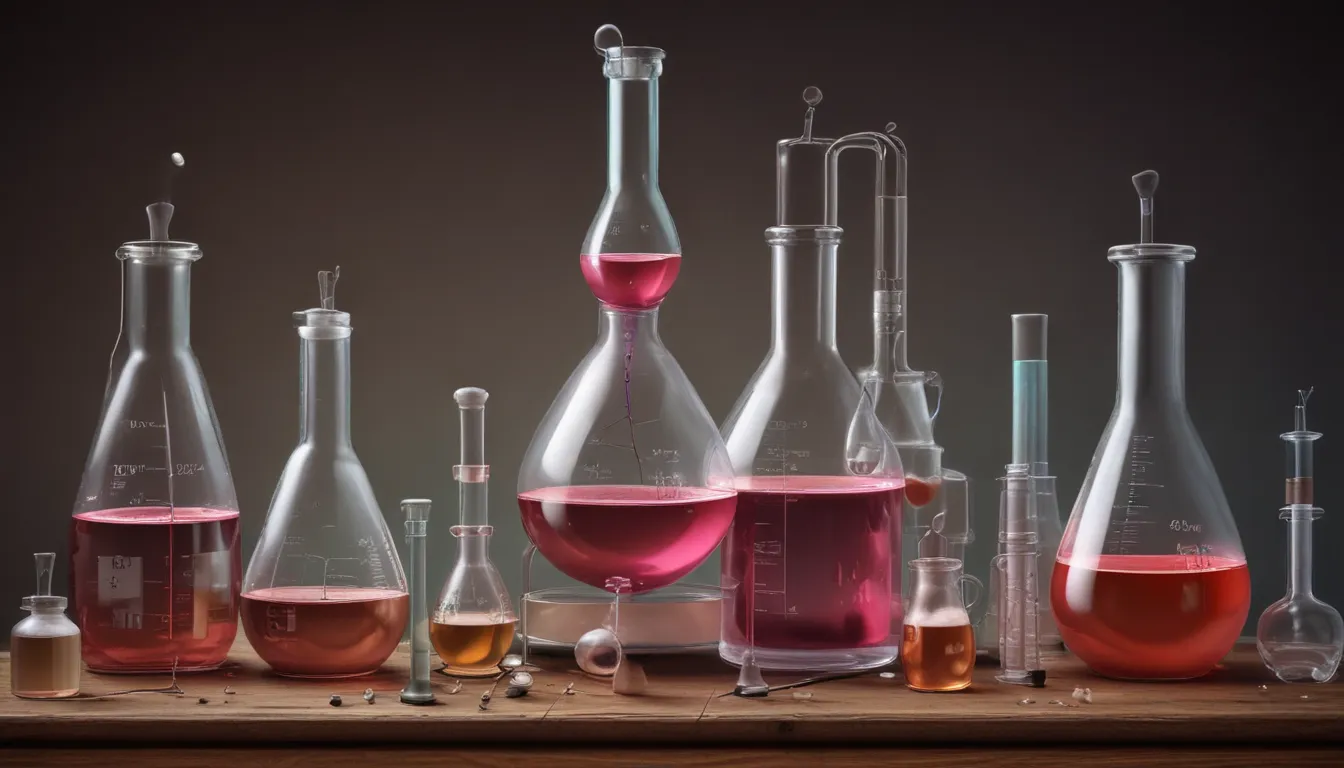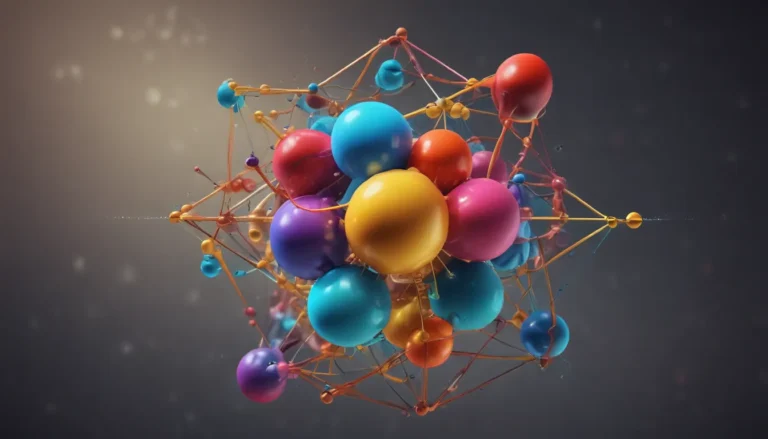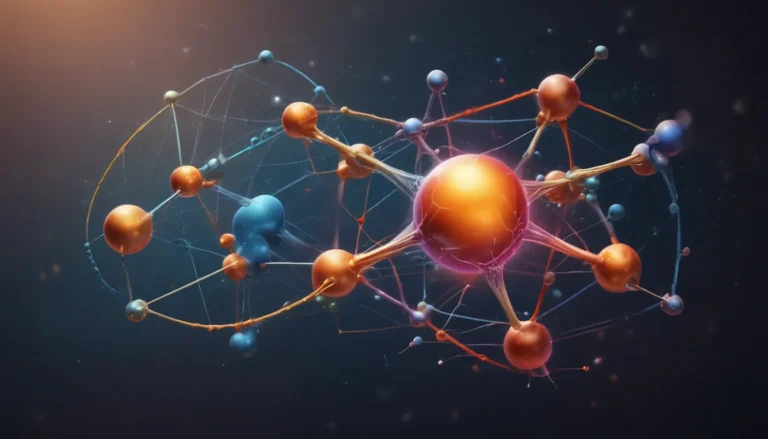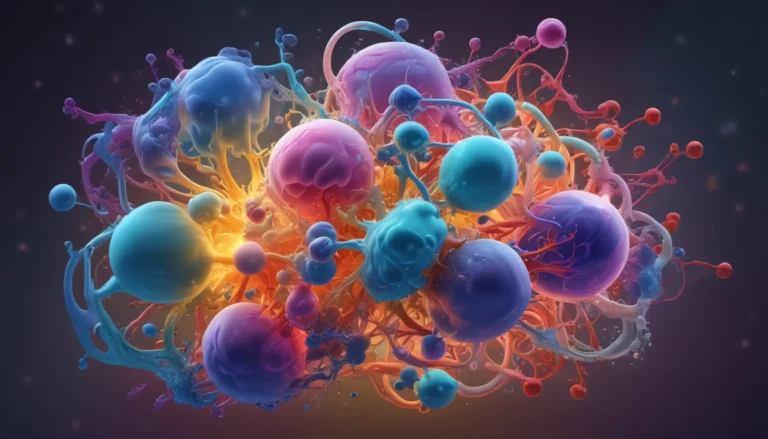A Note About Images: The images used in our articles are for illustration purposes only and may not exactly match the content. They are meant to engage readers, but the text should be relied upon for accurate information.
Welcome to the world of titration, a fundamental technique in chemistry that has revolutionized the way we understand the composition of substances. From its rich history to its diverse applications in industries like pharmaceuticals, food, and environmental analysis, titration continues to play a crucial role in scientific research. In this article, we will delve into the fascinating world of titration and explore 14 mind-blowing facts that will enhance your understanding of this significant technique. Get ready to be amazed by the incredible facts about titration that you probably didn’t know before!
Unveiling the Origins of Titration
Titration dates back to the late 18th century when the Swedish chemist Carl Wilhelm Scheele made groundbreaking discoveries in the field of analytical chemistry. His findings laid the foundation for accurate quantitative analysis and paved the way for the development of titration as we know it today.
The Science Behind Titration
Titration involves the gradual addition of a solution of known concentration (titrant) to a solution of unknown concentration (analyte) until the reaction reaches equivalence point. By measuring the volume of titrant required to achieve this point, chemists can determine the concentration of the unknown solution with precision.
Exploring the Different Types of Titration Techniques
There are various types of titration methods, each suited for specific applications. From acid-base titration to redox titration, complexometric titration, and precipitation titration, each technique offers unique insights into the chemical properties of substances and compounds.
The Importance of Endpoint Detection
Endpoint detection is a critical aspect of titration, signaling the completion of the reaction between the titrant and analyte. This is often indicated by a noticeable change in color or pH, which can be observed using indicators or automated instrumentation for accurate results.
Discovering Famous Titration Reactions
Titration plays a crucial role in many well-known chemical reactions, such as the reaction between sodium hydroxide (NaOH) and hydrochloric acid (HCl) to form water (H2O) and sodium chloride (NaCl). These reactions serve as standard practices in introductory chemistry courses, highlighting the significance of titration in foundational chemical principles.
Titration’s Impact on the Pharmaceutical Industry
The pharmaceutical industry heavily relies on titration for quality control and drug analysis to ensure medications have the correct dosage and purity. Precise titration techniques are essential for upholding the safety and efficacy of pharmaceutical products, underscoring titration’s indispensable role in the healthcare sector.
Titration’s Contribution to the Food and Beverage Industry
In the food and beverage industry, titration is employed to determine the acidity, alkalinity, or sugar content of various products, aiding in maintaining consistent taste profiles and meeting regulatory standards. This information is crucial for ensuring product quality and consumer safety.
Titration’s Role in Environmental Analysis
Titration is instrumental in environmental analysis, allowing researchers to measure pollutant levels in water, assess soil alkalinity or acidity, and analyze air quality. These measurements are vital for understanding and mitigating environmental hazards, showcasing titration’s versatility in addressing pressing environmental issues.
Embracing Automated Titration Systems
Advancements in technology have led to the development of automated titration systems that offer increased accuracy, reliability, and efficiency by minimizing human error. These systems are widely used in laboratories and industries where precise measurements are paramount, revolutionizing the way titration experiments are conducted.
Understanding the Role of Indicators in Titration
Indicators are essential substances that undergo distinct color changes at specific pH levels, signaling the endpoint of the titration reaction. Phenolphthalein, bromothymol blue, and methyl orange are commonly used indicators in titration experiments, enhancing the accuracy and reliability of results.
Mastering Titration Calculations
Accurate titration calculations are key to obtaining reliable results, involving the determination of molarity or concentration of the analyte or titrant. Understanding the stoichiometry of the reaction and utilizing appropriate mathematical formulas are essential for precise calculations and data interpretation.
Titration in Analytical Chemistry Courses
Titration experiments are integral components of analytical chemistry courses, providing students with hands-on experience and practical knowledge of laboratory techniques. These exercises help students develop their analytical skills and deepen their understanding of chemical reactions, preparing them for future scientific endeavors.
Upholding Precision in Titration
Precision is paramount in titration to ensure accurate and reproducible results. Careful measurement techniques, instrument calibration, and adherence to standard protocols are essential for minimizing errors that could impact the outcome of titration analyses. Precision is the key to unlocking the full potential of titration in scientific research and analysis.
Exploring the Future of Titration
The field of titration continues to evolve, driven by advancements in automation, instrumentation, and data analysis. These innovations aim to enhance the accuracy, efficiency, and reliability of titration techniques, expanding its applications across diverse industries and research fields. The future of titration holds promise for further advancements that will shape the landscape of analytical chemistry and scientific discovery.
Conclusion: Embracing the Wonders of Titration
In conclusion, titration is a captivating technique in chemistry that offers profound insights into the quantitative analysis of substances. From its historical origins to its modern applications in various industries, titration remains a cornerstone of scientific research and experimentation. By uncovering the intricacies of titration calculations, exploring different titration methods, and understanding the critical role of precision in titration, we gain a deeper appreciation for the art and science of this essential technique. Whether you are a seasoned chemist or a curious novice, the world of titration beckons with endless possibilities for exploration and discovery. Embrace the wonders of titration and embark on a journey of scientific inquiry that will expand your understanding of the chemical universe.
FAQs: Your Titration Queries Answered
- What is titration?
-
Titration is a technique used in chemistry to determine the concentration of a substance by reacting it with a solution of known concentration.
-
What is the purpose of titration?
-
The purpose of titration is to accurately measure the quantity or concentration of a substance present in a given sample.
-
How does titration work?
-
Titration involves adding a solution of known concentration (titrant) to a solution of the substance being analyzed (analyte) until a reaction between the two is complete.
-
What are the different types of titration?
-
Various types of titration include acid-base titrations, redox titrations, complexometric titrations, and precipitation titrations, each serving specific analytical purposes.
-
What instruments are used in titration?
-
Common instruments used in titration include burettes, pipettes, volumetric flasks, and indicators or pH meters for endpoint detection and accurate measurements.
-
What is an endpoint in titration?
-
The endpoint in titration signifies the completion of the reaction between the titrant and analyte, often indicated by a color change or specific chemical reaction.
-
How is titration used in everyday life?
-
Titration finds applications in various aspects of daily life, from testing water quality and determining food acidity to analyzing medications and conducting medical laboratory tests.
-
What are some common challenges in titration?
-
Common challenges in titration include selecting the appropriate titration method, ensuring instrument calibration, and accurately determining the endpoint of the reaction for precise results.
-
What are the advantages of titration?
-
Titration offers advantages such as high accuracy, precision, versatility in analyzing diverse substances, cost-effectiveness, and rapid analysis of samples.
-
Can titration be automated?
- Yes, titration can be automated using sophisticated systems that employ robotics and computer software for precise, efficient, and reliable analysis, streamlining laboratory workflows and enhancing data accuracy.
Your Feedback Matters
Our dedication to providing accurate and engaging content is at the core of our mission. Every fact shared on our platform is contributed by individuals like you, ensuring a diverse range of insights and information. Our team of editors meticulously reviews each submission to maintain the highest standards of credibility and authenticity. Trust in our commitment to quality and authenticity as you explore the world of titration and expand your knowledge with us. Your feedback and contributions shape the foundation of our community, fostering a culture of learning and discovery.
By immersing yourself in the breathtaking world of titration, you embark on a journey of scientific exploration that transcends boundaries and offers endless discoveries. Embrace the wonders of titration and let your curiosity guide you as you unravel the mysteries of this fundamental technique. Together, we can celebrate the beauty of chemistry and the transformative power of knowledge, one titration at a time.






